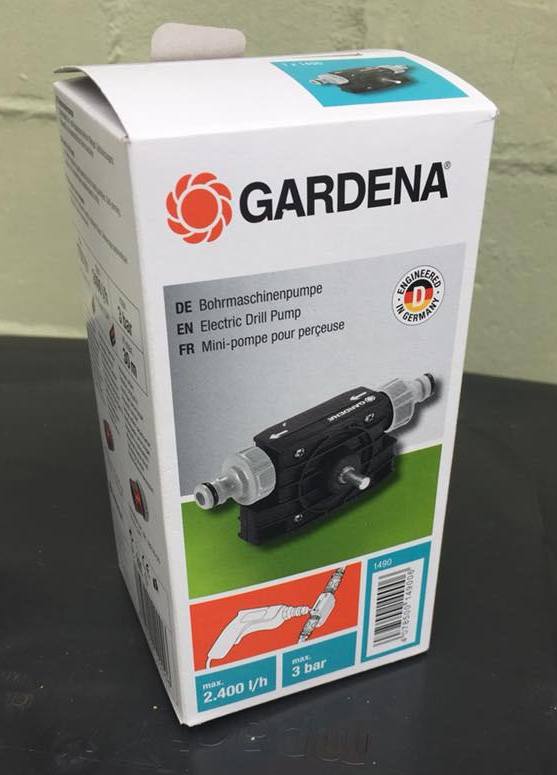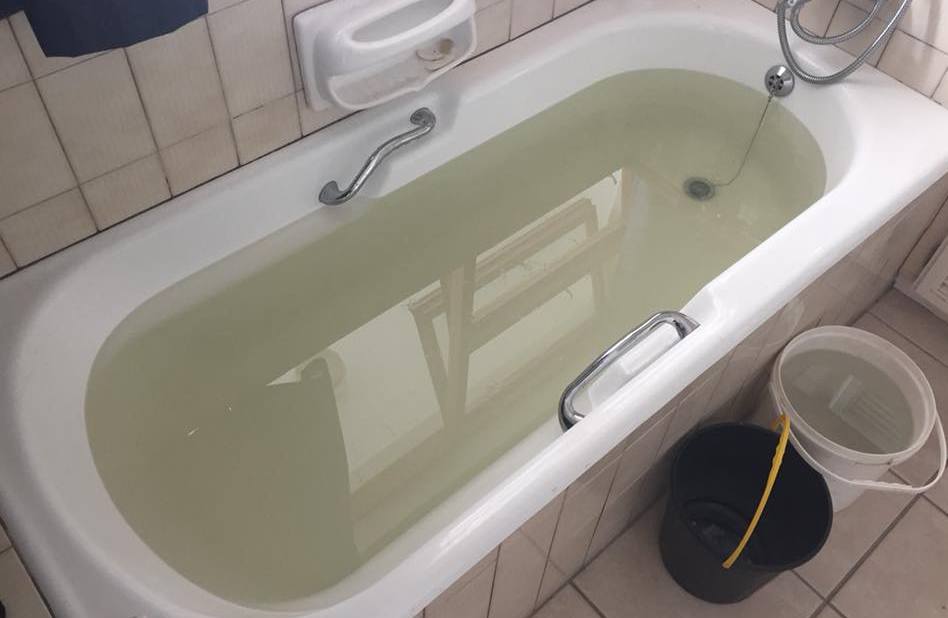1001 water-wise ways: Getting to know and love your raintank
Hasn't the rain been glorious? I feel emotional every time people share videos or pictures of waterfalls or streams and dams filling up. This weekend, I had to give a talk to visiting American students about the water crisis, and it was hard to be convincing about the urgency of the issue when everything was green and fresh-smelling, and rainwater was burbling merrily into the hotel pool.
All this rain means that those who installed rainwater tanks ahead of the coming winter now have brimful tanks. My sister literally cuddles hers. I am wildly envious, as the tanks delivered to our village three months ago haven't yet been installed at the house I rent, so I am still harvesting rain the slow, cold and wet way. Climbing into a bath of heated rainwater is still one of my favourite things, though.
Meanwhile, those with tanks are getting to know their quirks: you can't put them any old where -- they have to have firm foundations, the gutters have to be cleared before they can be hooked up -- and can or can't you drink the water?
I drink my rainwater if it's clear -- the first few buckets from the gutters sometimes look a bit like chardonnay; if it's stood in a container until the particles from my roof tiles have settled at the bottom and I can pour from the top; and if I boil it first. Zero problems so far. But for screamingly obvious reasons I can't recommend this. It might be prudent to treat your rainwater tank as a source of water for everything except drinking. (Remember, it depends on the state of your gutters and the materials used for your roofing: my octogenarian parents drink their rainwater with nary a hiccup.)
First, a problem encountered by many: your gorgeous tank is full to overflowing: now what? All this water is still in a tank. Meanwhile, you have dishes to wash, clothes to launder, toilets to flush. So much depends on the layout of your house and immediate surrounds, your budget, your back muscles, and the availability of an excellent plumber or electrician. If your tank is close to where the indoor bathroom or kitchen is, you're in luck. A friend has hooked his tank (outside the kitchen) up so that it services his washing-machine, downstairs toilet, sink and dishwasher via a pressure pump.
But many are simply taking the water indoors via bucket. And for the elderly and infirm, this can be a problem, especially if you need to get water to an upstairs bathroom. (I've written here about avoiding injury in the water-warrior fray.) My friend Robin posted this ingenious solution.
First, take your brimming tank (in fact, the overflow "bin"):
A familiar sight in Cape Town suburbs these days: raintank and repurposed wheelie garbage bin for overflow. Extra points for netting and creepers.
Next, IF you have an electric drill, get yourself this nifty little gadget: an electric drill pump. One hardware chain has it at R410. Good birthday present.
The pic in orange explains all.
Now dig out your hosepipes, and hook everything up. CAUTION! ACHTUNG! Electricity and water are not friends. Please proceed with care, and if your hands are weak or trembly, get someone with unknotted and steady hands to do this for you. Note that you can also do this with a cordless drill.
Et voila, you should now be able to fill up your bath/washing machine/sinks/bathroom buckets painlessly. My friend said it took ten minutes of running the pump/drill to get his bath full:
And there you have it. Let me know if this works for you, or if you have refinements. And now, to celebrate the literally heavenly rain of this week, here's an amazing waterfall pic by journalist and intrepid mountain hiker, Miriam Mannak. Enjoy.
Many thanks to Miriam, and to Robin Palmer for the pics and explanations above.





